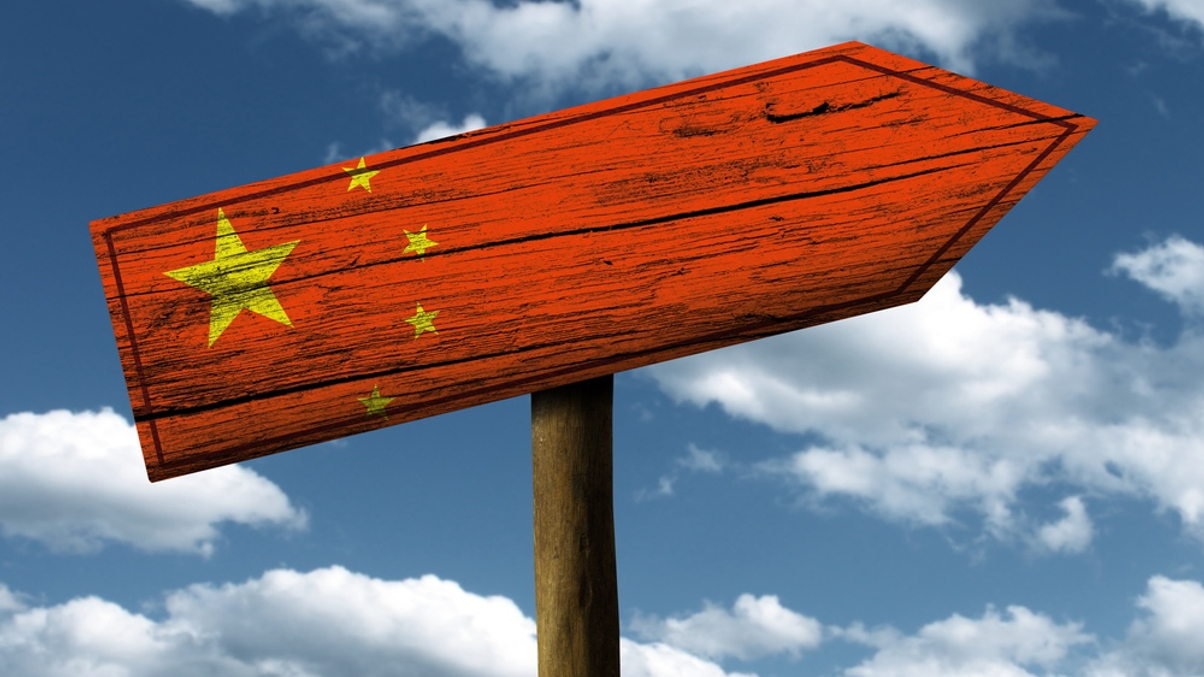China's focus on reform seen as hurting short-term appeal
Beijing is prioritising reforms, which is good news for its long term prospects but could reduce the nation's short term economic growth, and affect its appeal to equity investors.

Beijing may not set a gross domestic product (GDP) growth target for 2018 as it prioritises reform efforts and improving the country’s quality of growth. This is positive for the country’s long term prospects but could hurt investor sentiment over the near term, say experts.
Sign In to Your Account
Access Exclusive AsianInvestor Content!
Please sign in to your subscription to unlock full access to our premium AI resources.
Free Registration & 7-Day Trial
Register now to enjoy a 7-day free trial—no registration fees required. Click the link to get started.
Note: This free trial is a one-time offer.
¬ Haymarket Media Limited. All rights reserved.


